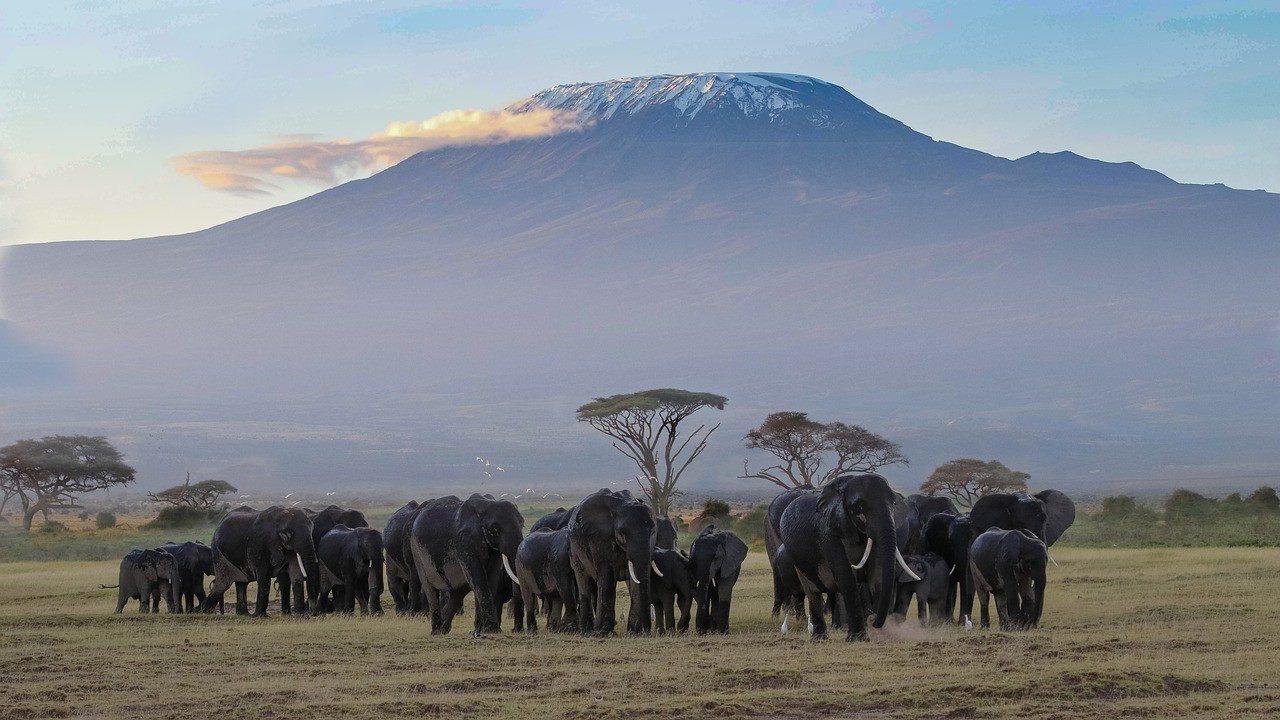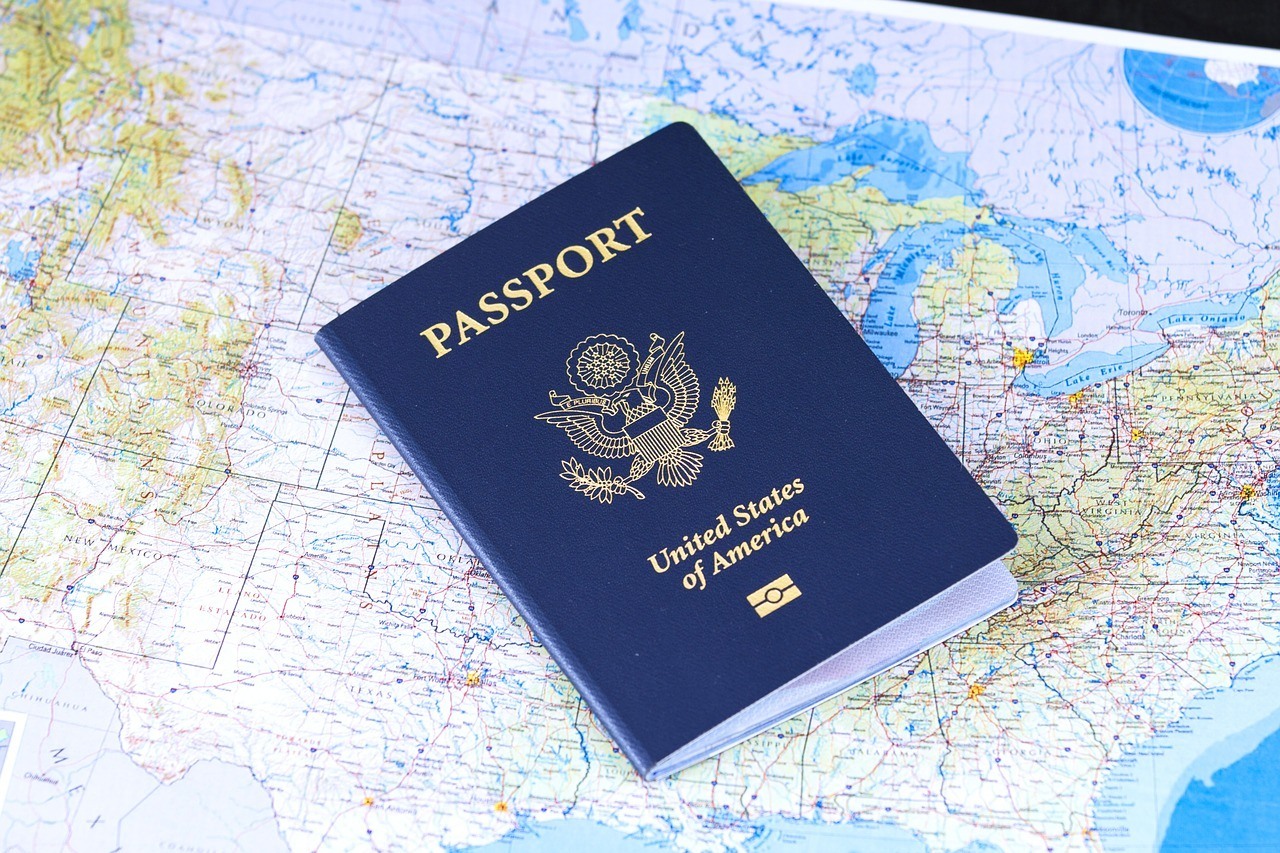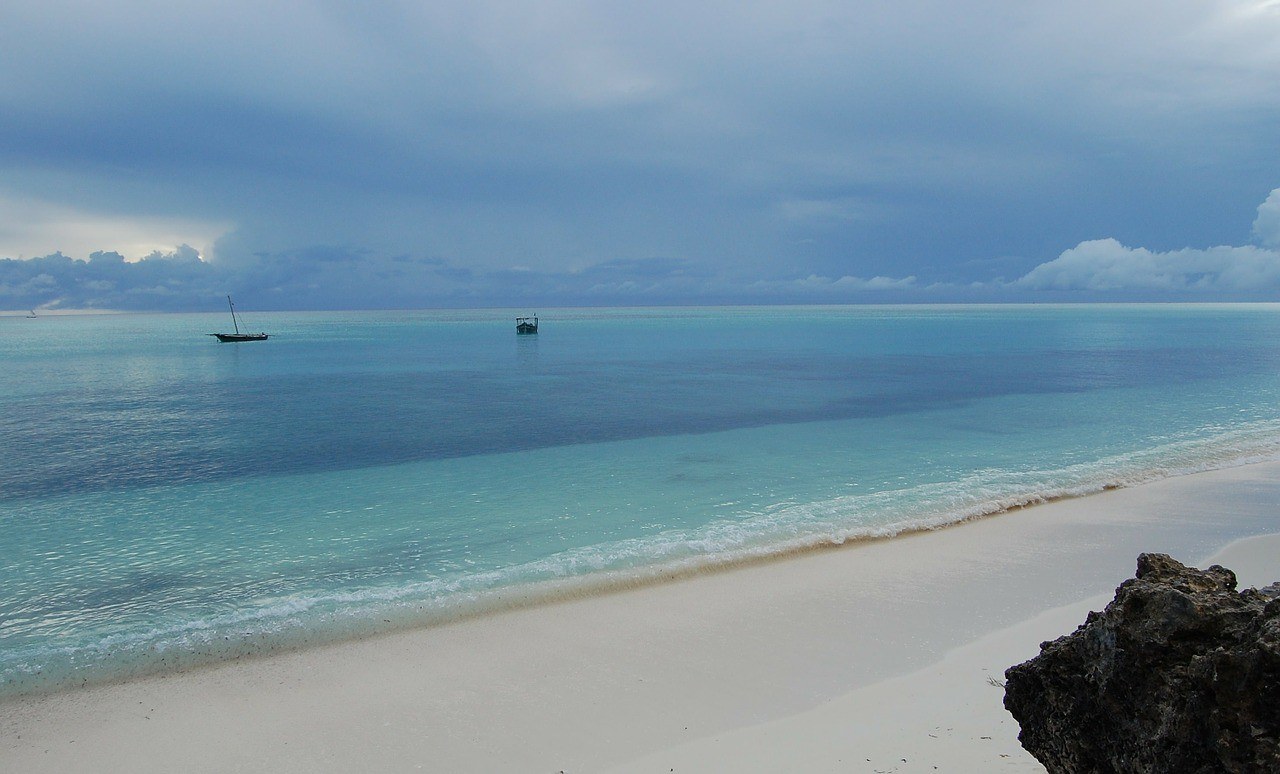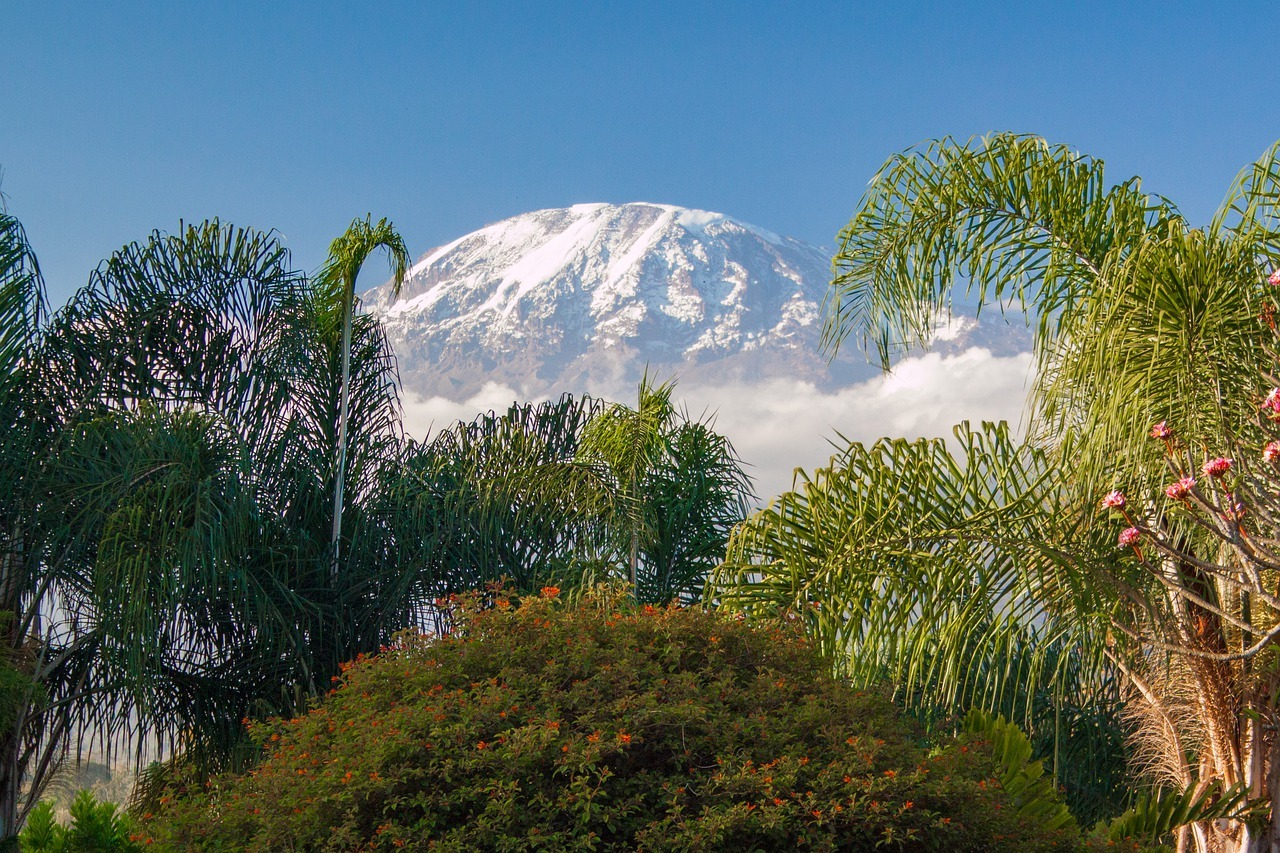Tour Tanzania: The Ultimate Guide

A holiday to Tanzania is an unforgettable experience. You can enjoy beautiful beaches and the azure blue sea. At the same time, the country offers impressive natural parks to discover wild life.
Contents
- 1. Features Tanzania
- 2. Tips for a holiday to Tanzania
- 3. Vaccinations recommended
- 4. Travel to Tanzania: visa required and duration of travel
- 5. Best travel period Tanzania
- 6. Safe travel through Tanzania
- 7. Transport in Tanzania
- 7.1. Driving yourself is not recommended
- 7.2. Travelling by bus
- 7.3. Travelling by train
- 7.4. Travelling by taxi
- 7.5. Other means of transport in Tanzania
- 8. Tips for travelling safely during your Tanzania holiday
- 9. Visit the beautiful island of Zanzibar
- 10. Sightseeing during a Tanzania holiday
- 10.1. Lake Victoria
- 10.2 Serengeti National Park
- 10.3. Empakaai Crater
- 10.4 Arusha: Cultural Heritage
- 10.5. Ngorongoro Crater
- 10.6 Lake Manyara
- 10.7. Climbing Kilimanjaro
- 10.8 Tarangire National Park
- 10.9. Bongoyo Island
- 10.10. Iringa
- 10.11. Gombe Stream National Park
- 10. Book a holiday to Tanzania: compare providers and accommodations
1. Features Tanzania
If you want to go on a safari to spot the Big Five, you've come to the right place in Tanzania. Furthermore, it is of course the home of Kilimanjaro. And if you want to experience culture or get to know the friendly locals, Tanzania offers plenty of opportunities. We put all the information for a holiday to Tanzania in a row for you.
|
Qualities holiday Tanzania |
|
| Land | Tanzania |
| Worldpart | Africa |
| Climate | Tropical |
| Number of inhabitants | 57.3 million |
| Number of international tourists per year | 1,000,000+ |
| Flight travel time (direct flight) | 8-10 hours |
| Currency | Tanzanian shilling (TZS) |
| Language | Swahili and English |
| Time difference with the Netherlands | 2 hours (Daylight Savings Time 1 hour) |
| Price level | Average |
| Best travel period | Summer |
| Activities | Strand , nature, sights |
| Travel type | Suitable for singles, couples and families |
| Visa needed | Yes |
| Inoculate | Yellow fever, DTP, Hepatitis A, Malaria
|
2. Tips for a holiday to Tanzania
- Since 1 June 2019 plastic bags will be prohibited in Tanzania. Pay attention to this when packing your suitcase and any purchases at the airport.
- Homosexuality is prohibited in Tanzania and punishable. Also for tourists. Keep this in mind when you visit this country.
- Check carefully which souvenirs will and will not be taken back home. Ivory, shells, teeth, coral and souvenirs of animal skins and tropical hardwoods are forbidden to take with you
- You can only withdraw money from a limited number of ATMs. And these can be found mainly in the big cities. Your Dutch bank card must bear the Maestro/Mastercard logo. And must be activated for withdrawals outside the European Union.
- In Tanzania the sockets are different than in the Netherlands. So you need a adapter or travel plug.
- You may not import or export the Tanzanian shilling from Tanzania.
- Giving a tip is customary. You can keep about 10% for this. Also to people who have helped you, for example by showing you the way, you can give a small tip as appreciation.
- In Tanzania, the clock is not moved. In our summer time it is 1 hour later in Tanzania, in our winter time the difference is 2 hours.
3. Vaccinations recommended
For a trip to Tanzania, vaccinations against yellow fever, DTP (diphtheria, tetanus and polio) and hepatitis A are recommended. If you come from a high-risk country for yellow fever, this vaccination is even compulsory. Depending on your situation, additional vaccinations may be recommended. For example, if you never had mumps, measles or rubella, this vaccination may be recommended. During an appointment with a vaccination agency in your neighborhood you can discuss all this.
It is recommended to make an appointment at least 4 to 6 weeks before departure. During your appointment you can go through the itinerary. And of course your vaccination history. Based on this we will determine which vaccinations you need. In most cases these will be equalized.
The cost of vaccinations varies per place. In addition to the vaccinations, an amount is often charged for the consultation. The vaccination booklet, if you do not have it yet, is included in this price. Also take a look at your insurance policy. Many insurers reimburse the costs of the consultation and vaccinations. The costs for the basic consultation are about €24. The yellow fever vaccine costs about €39. For DTP you pay an average of €29 and Hepatitus A costs about €55.
4. Travel to Tanzania: visa required and duration of travel

Keep in mind that the costs for this are around €50. And it takes about 4 working days to receive the visa. In addition to a valid passport, you also need a return flight or a ticket to the next destination. Flight time to Tanzania depends on where you travel to. But it is between 8 and 10 hours. You can choose from several airports in Tanzania. The most famous are Kilimanjaro and Dar es Salaam. From the Netherlands there are several direct flights to Tanzania. The capital Dodoma does not have an international airport.
5. Best travel period Tanzania

Well, you can visit Tanzania all year round. Because it is practically at the equator, you can enjoy average temperatures between 23 and 32 degrees Celsius all year round. But the months June to September are considered the best travel time. This is when the least rain falls. And is it not as suffocatingly hot as in the hottest months of January, February and March. The long rainy season in Tanzania lasts from March to May. Floods and tropical storms can occur then. There is also a short rainy season in November and December. More rain falls than in the rest of the year. As a result, some areas will be less accessible or not accessible at all. The humidity is high during the rainy season.
6. Safe travel through Tanzania
If you are travelling to Tanzania it is advisable to check the travel advice of the Ministry of Foreign Affairs before departure. They advise to only travel to areas along the border with Mozambique and Burundi if it is really necessary.
You should be more alert to violent robberies and robberies across the country. Foreigners are often victims of this. Handbags, for example, are robbed from moving cars and motorcycles. Short kidnappings are also reported in the big cities of Tanzania. Tourists are lured into a car or taxi by criminals. They are then threatened and forced to withdraw money in various places. The advice is not to resist a robbery or robbery. This often leads to (more) violence. So watch out if you are walking in quiet, deserted areas. And don't get in the car with strangers who offer an unsolicited lift.
7. Transport in Tanzania

The distances in Tanzania are great. It can therefore sometimes be better to focus on a number of areas. This will prevent you from doing too much in the time available. In Tanzania, traffic safety on public roads is poor. Many people die in traffic accidents every year. Both with cars and for example buses.
7.1. Driving yourself is not recommended
Because you are familiar with the driving conditions in Tanzania, it is not recommended to drive yourself. Circumstances are at least unpredictable. Lighting, both on the street and among road users, is often lacking. Roads contain plenty of potholes. And especially unpaved roads are of poor quality. It is advisable to book local transport with a tour operator or safari operator. For example, you can rent a car with a driver.
7.2. Travelling by bus
The bus is a common means of transport in Tanzania. The prices are attractive for the distances you travel. It is not recommended to travel by bus in the evening and at night. Many accidents in Tanzania involve (long-distance) buses. Choose a place on the shady side of the bus. And keep your luggage with you. Purchase your tickets only from the official offices and preferably one day earlier than the day you want to travel.
7.3. Travelling by train
If you want to enjoy the surroundings while travelling, you can opt for the train. You only have to take into account long travel times. Furthermore, delays are common. Bring something to eat and drink. And if you want to buy first class tickets, you should order them as far in advance as possible.
7.4. Travelling by taxi
If you want to travel by taxi, make sure it has a white license plate. Only use taxis from reliable hotels or approved taxi companies. Meters are not common and `official` price lists often show higher prices than usual. So agree on a price in advance. You can ask the locals what a normal price is for the ride. You then use this to negotiate.
7.5. Other means of transport in Tanzania
Other local means of transport are for example the bajaj. This is a small three-wheeled means of transport. Avoid using it in the evening and at night. And dalla-dallas are minibuses that take you somewhere cheap. This means of transport is generally only very busy and full of people. In addition, there are often accidents with it. This is because drivers race against each other to be the first to get to the stop to pick up new passengers. Furthermore, a lot of small planes are used to bridge longer distances.
8. Tips for travelling safely during your Tanzania holiday
- Choose only for reliable transport organizations. If you don't trust it, choose another transport method or organisation.
- Preferably do not travel after sunset for safety reasons.
- In the cities it is advisable to keep car windows closed as well. And store valuables out of sight.
- Don't carry your bag on the street side. And walk as far off the road as possible, on the side of oncoming traffic.
- Prevent intrusive ticket sellers when travelling by ferry and buy your ticket in advance.
- Don't travel with a lot of cash. And divide cards and cash over several places.
9. Visit the beautiful island of Zanzibar
If you want to visit the surrounding islands such as Zanzibar you can opt for a ferry. Also check in advance which airline is reliable. You can recognize them by the electronic registration of passengers. If you are going to sail with your own boat, you have to be alert for pirates. These are active in the Indian Ocean off the coast of Tanzania. This creates risk's for hijackings of both commercial and private ships.
Read also our comprehensive guide to Zanzibar.
10. Sightseeing during a Tanzania holiday
We would like to list the most important Tanzanian sights. What's not to miss?
10.1. Lake Victoria
In the north of Tanzania, on the border with Kenya and Uganda lies Lake Victoria. This is the largest lake in Africa and the second largest freshwater lake in the world. On its shores you will find several camping pitches to spend the night. And in the lake you may encounter hippos. If you're looking for a quieter place to enjoy the sun, you should definitely take a look at Lake Victoria.
10.2 Serengeti National Park
One of the most famous nature reserves in Africa is the Serengeti National Park. Did you know that Serengeti means "endless plains"?! It is the perfect way to describe this nature reserve. The savanna has a size of 30.000 km2 and is almost as big as the whole of Belgium. Throughout the year you get the chance to spot unique wildlife. The Serengeti National Park is especially famous for the migration that takes place every year in different seasons. Large numbers of animals migrate from the northern hills to the southern plains. They have to cross a river, which gives a spectacle of hooves through the water and bodies colliding with each other. You will especially find wildebeests, zebras and gazelles.
Winter is the best time to see the herds in the south of the park. While in summer and autumn it is best to visit the western and northern parts. However, keep in mind that nature is unpredictable. But if you visit the right part of the park at the right time of year, you have a great chance to see the spectacular migration. Don't forget your binoculars on a safari through the park. And of course a camera to capture all the beauty you see. On the packing list sunburn and insect repellent should not be missing.
10.3. Empakaai Crater
In the north of Tanzania, between Serengeti National Park and Arusha you will find the Empakaai Crater. This crater is filled with a lake. And this ensures that flamingos and other water birds are abundant in the crater. The crater floor is surrounded by steep, wooded cliffs. You can enjoy the view from the edge of the crater. Or opt for a walk in the crater. It is good to realize that the descent and ascent may be less suitable for people of advanced age. The hike can be tiring. But the view more than makes up for this.
10.4 Arusha: Cultural Heritage
In the northeast of Tanzania you will find the town of Arusha. This is also the capital of the province of the same name. This city is centrally located for a visit to the Serengeti National Park, as well as the Ngorongoro Crater, Lake Manyara and Kilimanjaro. And on the outskirts of the city you will find the Cultural Heritage center.
The collection includes African antiques and precious stones to contemporary painting and sculpture. And if you are interested in a work of art, you can purchase it on the spot. Of the gemstones, a rare blue-violet tanzanite is a showpiece. It is only found in Tanzania. And the Cultural Heritage Centre has built up an international reputation for this.
10.5. Ngorongoro Crater
The Ngorongoro is a large landscape in the northwest of the Arusha area in Tanzania. The Ngorongo crater is a huge crater with a salt lake in the middle that attracts animals. It is on the world heritage list of Unesco. Here you can spot cheetahs, black rhinos, lions and hippos. At the edge of the crater you'll find campsites and lodges to stay in.
The Masai who live in the area regularly descend with their herds into the crater to let the cows drink. By the way, they are allowed to be in the crater when vehicles are outside. If you want to visit this area, you can very well opt for an (organized) safari tour. This way you drive along the crater lake and you can enjoy the animals.
10.6 Lake Manyara
Between the regions Arusha and Manyara you will find the National Park Lake Manyara. This is a green and water rich wildlife park. You can spot pink flamingos that like to visit this area during the wet season. There are also rare tree climbing lions. So don't forget to look up into the trees to see the lions lazing around. This park is also home to a large elephant population, along with leopards, hippos, gazelles and other wild animals.
10.7. Climbing Kilimanjaro

The Kilimanjaro is for many the most important reason to visit Tanzania. It is Africa's highest freestanding mountain and consists of three contiguous stratovolcanoes. The highest point is 5895 meters. And the summit is covered with ice fields and glaciers over an area of over 11 km2.
You can opt for a multi-day hike where a guide and porters will take you upstairs. This is quite an ordeal and challenge. Good preparation, sufficient condition and the right equipment are important. Don't you want to climb Kilimanjaro, but do you want to see it? From the surrounding towns or the Serengeti National Park you have a beautiful view of this huge mountain.
10.8 Tarangire National Park
The Tarangire National Park in northeast Tanzania is smaller than Serengeti National Park. However, the landscape is just as beautiful. And especially in the dry season you can see many animal species here. Through the park flows the Tarangire River where many animals stop to drink. And because the landscape is predominantly green, there is plenty of food available for grazers.
10.9. Bongoyo Island
If you want to include a nappy moment in your holiday, you may very well take a day trip to Bongoyo Island. This uninhabited island is located 2.5 kilometres north of Dar es Salaam, Tanzania's largest city. After a 30-minute boat trip, you can sunbathe and snorkel on the island.
10.10. Iringa
In the middle of Tanzania lies Iringa in the Udzungwa Mountains. This region is home to the Hehe people, an ethnic group. Furthermore, the city is famous for its woven baskets. These are made of local reed. The baskets are used throughout the country and even exported. You will also find the Neema Crafts center in Iringa. This is a craft centre that offers training and work to over 120 people with disabilities. You can spend the night in the guesthouse. If you want to get acquainted with the colourful traditions of Tanzania, Iringa is a must to visit.
10.11. Gombe Stream National Park
In the south of Tanzania lies the Gombe Stream National Park. With 35 km2 it is one of the smallest nature parks in Tanzania. It can only be reached by boat. The landscape is a combination of grassland, forest and tropical rainforest. In this park you can get acquainted with the chimpanzee community Kasekela. The park and the chimpanzees are mainly known as the location where anthropologist Jane Goodall did research on chimpanzees.
The national park offers the special experience of swimming and snorkelling in Lake Tanganyika. Here you can see almost 100 species of colourful fish. In addition to spotting chimpanzees, baboons, red-tailed monkeys and blue monkeys are also among the inhabitants of the park. If you want to spot animals in the wild, Tanzania is the place to be in one of the many nature parks. The country also offers opportunities to get acquainted with the local culture and the authentic population.
